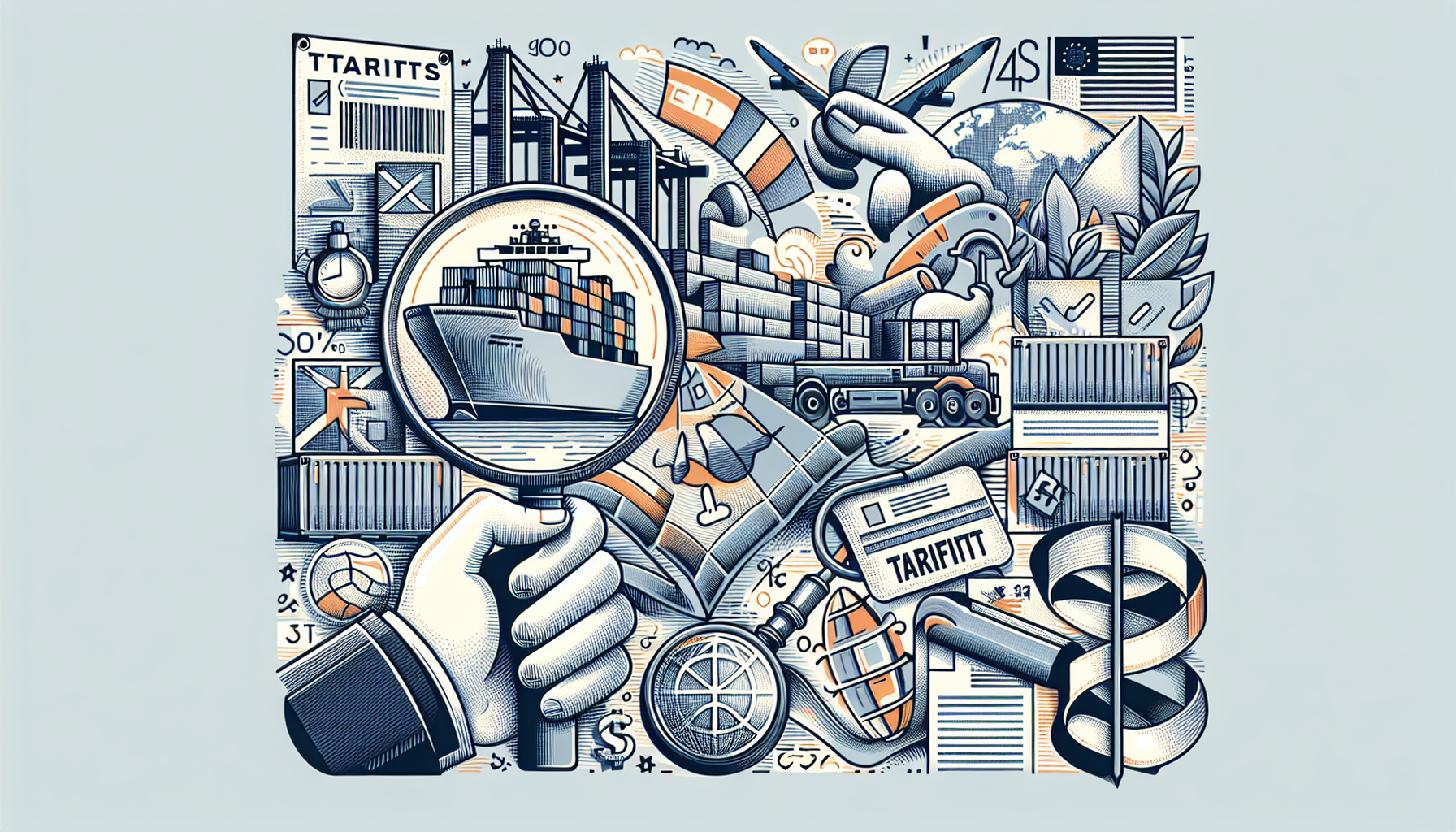By levying duties on imported goods, countries aim to protect their domestic industries, maintain economic balance, and occasionally, use tariffs as a political tool to pressure other nations. However, the impact of tariffs on an economy’s health is a nuanced subject.
At a fundamental level, tariffs are taxes imposed on imported goods and services. They often serve two primary purposes. The first is to provide a competitive edge for domestic industries, making imported goods more expensive can encourage consumers to buy locally produced items. The second is to collect revenue, which is particularly prevalent in developing economies, where tariffs can be a significant source of government income.
However, while these advantages may sound appealing, the reality of tariffs is typically more complex. For instance, while certain industries may indeed benefit from the protection afforded by tariffs, others within the same economy can suffer. Consider an example. If a country imposes a tariff on imported steel, domestic steel producers might thrive because they can now sell their products at a competitive price. However, industries that rely on steel as an input, such as automobile manufacturers, would have to bear increased production costs.
They might have to pass these costs onto consumers, leading to inflationary pressure.
Further, in a globalized world, tariffs can lead to retaliatory measures, spiraling into trade wars. When one nation imposes tariffs, it is not uncommon for the affected country to respond with tariffs of its own. This tit-for-tat dynamic can escalate into a full-blown trade war, with each nation trying to one-up each other with ever-increasing tariffs. The end result is often a slowdown in global trade, which can have far-reaching implications for economies worldwide.

Moreover, tariffs can lead to supply chain disruptions, as businesses have to scramble to find new sources for their inputs. In today’s interconnected world, where components of a single product can come from multiple countries, tariffs can make supply chain management a complex and costly affair. Plus, the uncertainty created by tariffs often leads businesses to delay investment decisions, which can dampen economic growth in the long run.
Yet, it is important to note that while the downsides of tariffs are considerable, they can also be an effective strategic tool when used judiciously. For instance, by imposing tariffs, a country can provide its industries the breathing space they need to grow and develop. In the long run, this can foster the creation of robust domestic industries that can compete internationally.
Contrarily, tariffs can also be used to pressure countries to adopt fairer trade practices. For example, if a nation consistently engages in dumping—selling products in a foreign market at unnaturally low prices to squash competition—tariffs can provide a potent countermeasure.
Ultimately, like any instrument of economic policy, tariffs are a double-edged sword. While they can protect domestic industries and serve as a tool for political leverage, they also have the potential to disrupt global trade, cause inflation, and lead to economic instability. Therefore, it is crucial for policymakers to exercise caution and foresight when implementing tariffs, balancing the potential benefits against the possible drawbacks, to ensure the long-term health and prosperity of their economies.